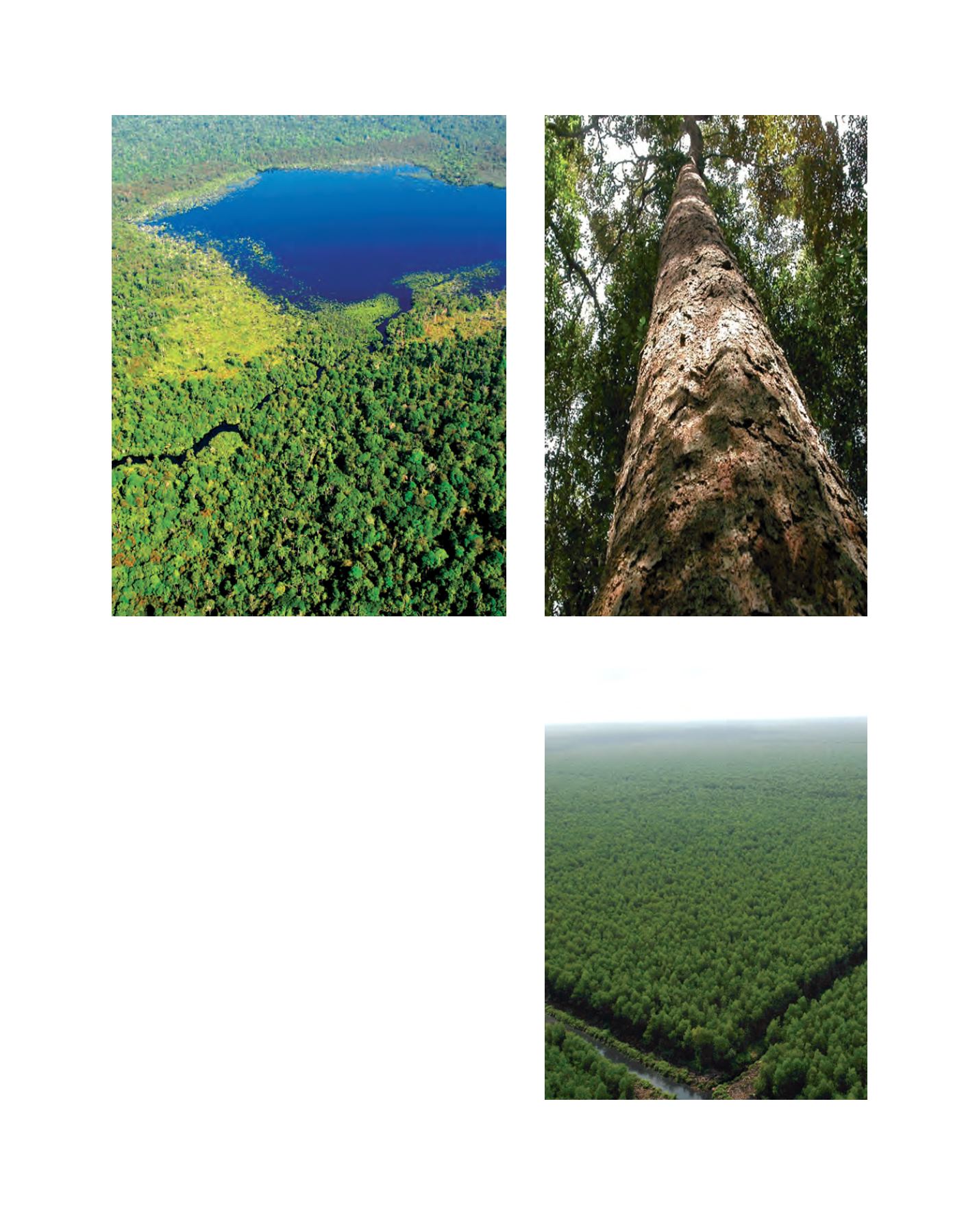

[
] 161
As a component of this continued learning, companies within the SMF
umbrella continue building on skills in peatland management practice.
Driven by international objectives to reduce greenhouse gas emis-
sions from land-use change, tropical peatlands and the anticipated
release of gases that may occur in development is now at the fore-
front of international and national policy debate, project actions and
funding sources for conservation and civil society NGOs.
SMF programmes, in addition to the national requirements, enable
a long-term monitoring platform for research and development into
peatland management methodologies. Additionally, SMF has iden-
tified locations and is now engaging with third parties to identify
finance mechanisms for continued maintenance of these.
SMF employs best management in peat land development, but
understands that best management practice is a moving target and
as more data and information come to fruition these approaches will
change. This continual improvement is fundamental to the mainte-
nance and expansion of the sustainable plantation forest management
programme.
APP’s fibre procurement policy has driven SMF to embark on a
programme of sustainable plantation certification, with a focus on
LEI’s SPFM 5000-2. This certification programme is delivering internal
and external benefits, improving capacity of teams and understanding
among employees, and encouraging cross-departmental coordination.
Externally the actions have resulted in an additional 150,000
hectares of natural ecosystem being protected, improved commu-
nication and understanding with local communities and improving
biodiversity and conservation management skills and activities.
Tasik, a unique hydrological ecosystem
Ramin (
Gonystylus bancanus
)
A 3-year-old
Acacia crassicarpa
plantation, which has the capacity
to sequester about 30 tons C/ha/yr at age 5 years
Image: Sinar Mas Forestry
Image: Sinar Mas Forestry
Image: PT SBA, 2010
















